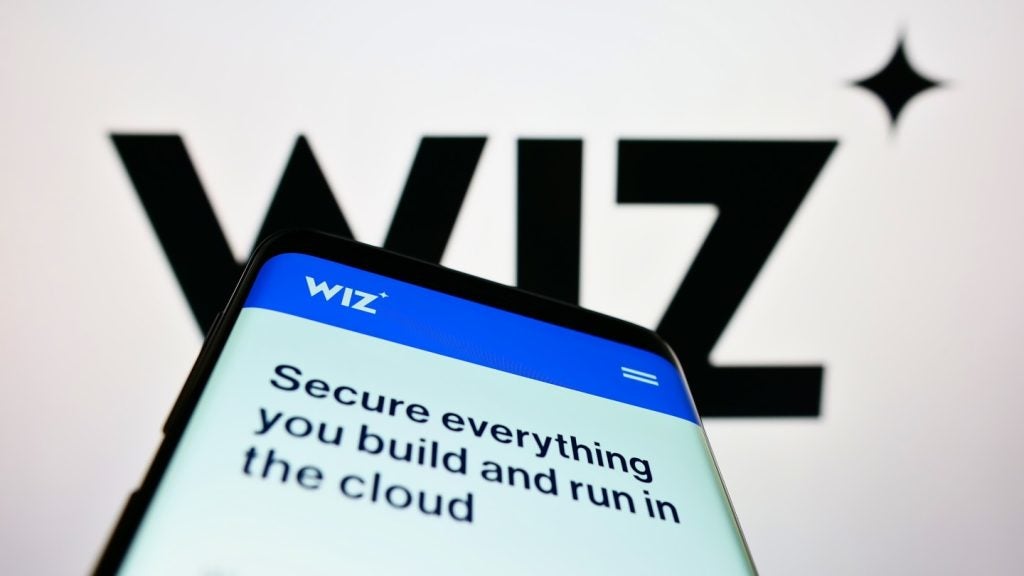
Digital transformation has shaped the business world in recent years and unlocked a host of innovative new working practices. However, while firms focus on the technical side of this transition, many overlook the way their human workforce is also changing.
This is particularly important given the rapidly shifting demographics of the working population. The number of millennials – those born between 1981 and 1996 – that now comprise the workforce has grown massively in recent years.
A study by Pew Research Center found that millennials currently make up 35% of the American labour force. Figures are similar around the world, with most developing nations boasting even higher numbers – the number of millennials in China now outnumbers the entire US population.
This means not only adapting workplace cultures, but also ensuring cybersecurity practices keep pace with the realities of how this generation works.
Meeting the needs of the digital natives
For a generation who grew up with access to digital services, millennials – often referred to as digital natives – are often much more at ease than others when it comes to adopting the latest mobile and cloud technologies.
The devices, processes and apps they are accustomed to using in their personal lives are making their way into the working world and its cybersecurity practices. It means that ‘older’ traditional methods of securing access to devices and apps, such as passwords, are increasingly likely to be perceived as a thing of the past. Instead, the new generation of workers is far more likely to prefer using more advanced security such as biometrics and multi-factor authentication (MFA).
How well do you really know your competitors?
Access the most comprehensive Company Profiles on the market, powered by GlobalData. Save hours of research. Gain competitive edge.

Thank you!
Your download email will arrive shortly
Not ready to buy yet? Download a free sample
We are confident about the unique quality of our Company Profiles. However, we want you to make the most beneficial decision for your business, so we offer a free sample that you can download by submitting the below form
By GlobalDataThese new security measures have become commonplace in many consumer electronics and services in the last few years. Millennials are used to being able to access almost any service through their smartphone, at any time, as well as dealing with the accompanying security requirements.
Some millennials, for example, will have had their experience of access to online banking entirely defined by the use of biometrics to sign into their account, and two-factor authentication (2FA) to verify their identity when setting up a transfer. This means using the same approach in the workplace to secure confidential documents or sign in remotely comes easily and naturally to them.
Organisations will, therefore, need to ensure they have the technology and processes in place to meet these expectations, particularly as the millennial ranks swell to surpass older generations.
Millennial workplace cybersecurity puts emphasis on user experience
Building security for people and the way they work is critical in protecting against data breaches. Security procedures seen as cumbersome and obstructive to the workflow are often ignored or actively circumvented by users, regardless of whether they were born in 1998 or 1968. However, with an increasing number of young workers entering the workplace as digital natives, it has perhaps become more important than ever to couple good security with a positive user experience.
Millennials who are accustomed to swift, efficient and frictionless security methods for their personal devices and apps will have even less patience for slow and disruptive security. If we don’t recognise the needs of the user when interacting with security technology, we will encourage more of the ‘block and blame’ cycle.
The changing needs of the workforce present an excellent opportunity for organisations to enhance and future-proof their security strategies. Cybersecurity techniques such as MFA will do much more than just appease the habits of young digital natives – they are also more secure than traditional user credentials, which can easily be phished.
Aside from the millennial influence, workforces are increasingly mobile and some employees now spend more time working remotely than they do in the office. Utilising this flexibility without compromising security requires businesses to move away from the network perimeter guarded by passwords and towards a zero-trust model that requires a higher level of authentication beyond user credentials.
A zero-trust security architecture necessitates that both users and their devices are verified to a high degree before they can access the corporate network, with the aim of shutting out cyber attackers who have stolen user credentials or compromised an endpoint device. Identity verification techniques such as biometrics and MFA are essential in confirming the user is genuine.
With the rising number of millennials set to shape the future of businesses just as much as the advent of new technology, organisations must ensure they have the working practices and security measures to match the new generation. Those that can keep pace with the changing workplace will also seize the opportunity to secure their business against the threats of the future.
Read more: Desktop computers now a minority in offices as millennials drive change







